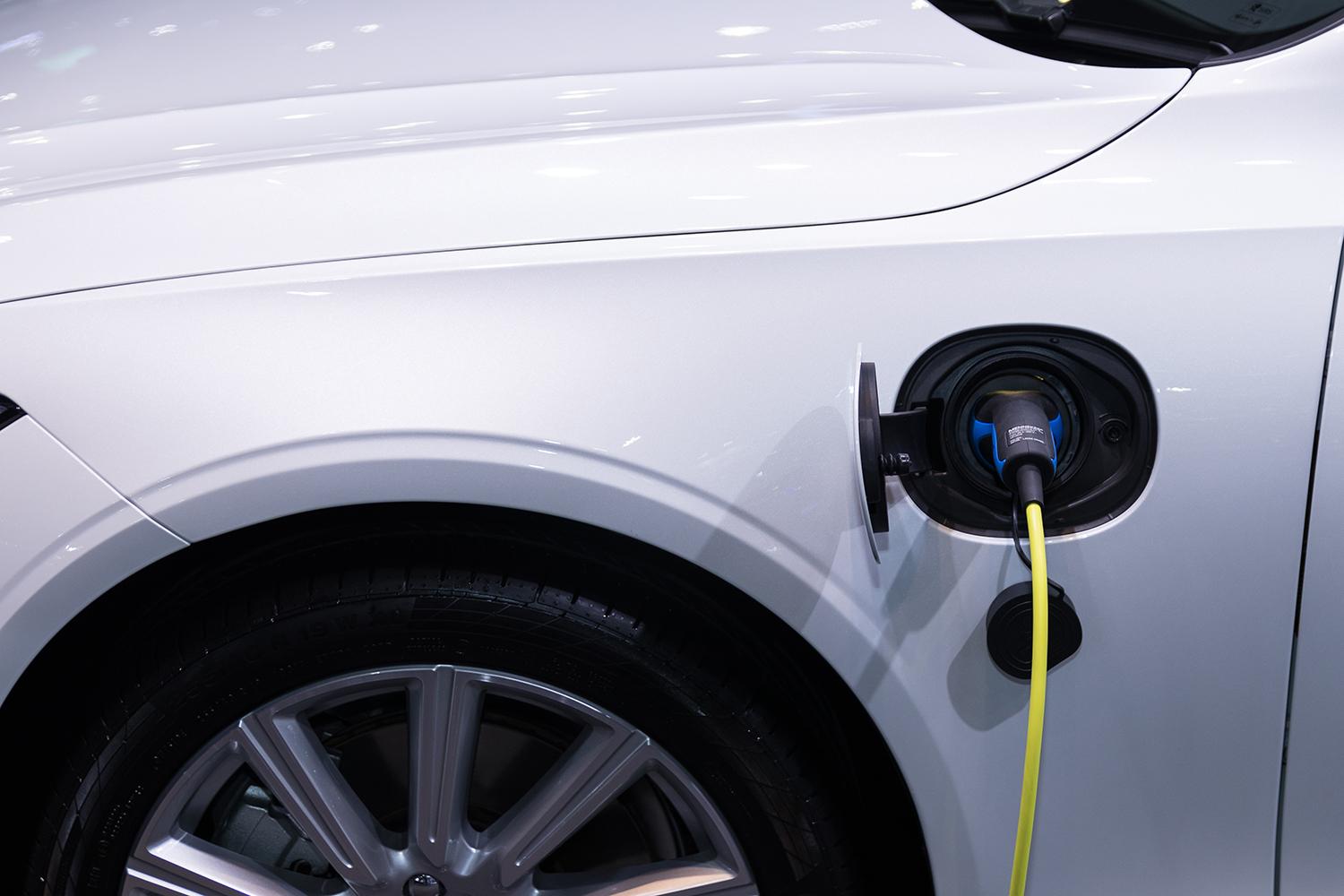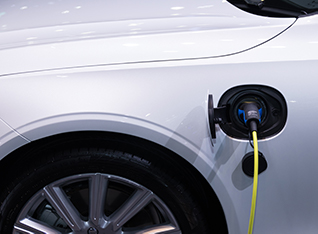
2021 Is the Year of the Electric Vehicle
Electric vehicles (EV) are here to stay and this year has already seen a dramatic boost in production. Or course, EVs run on electric batteries. These batteries are typically manufactured in packs of large quantities of Lithium-ion rechargeable battery cells. The production of these battery cells is a specialized process in which anodes and cathodes are welded to each cell. Anodes—where electricity moves in—and cathodes—where the current flows out—are created from thin metal foils that are coated with energetic substances. Anodes are typically made of copper foil ranging in thickness between 0.008mm to 0.012mm. Graphite is commonly used as the active coating on anodes, mainly because it can reversibly place Lithium-ions between its many layers. This coating raises their thickness of anodes to >0.2mm. Cathodes are generally made from thin, lightweight aluminum in the 0.012mm to 0.015mm range of thickness. They are typically coated with a carbon based lithium, which raises the thickness to >0.2mm.
Each cell is connected in series to adjacent cells to produce the desired voltage, and in parallel to support higher charge and discharge currents. These connected cells form battery packs. Battery performance depends on both the amount of surface area on the areas to be connected and on the welded joints that link cells together. Defective connections can lead to failure or reduction in efficiency and performance; so, it is critical when joining anodes and cathodes that the coatings be completely removed without damaging the thin foils they cover.
Our 200W, 12ns pulsed fiber lasers are ideally suited for this purpose. The precision control of pulse attributes allows exacting management of pulse duration and power, as well as a number of passes. This level of precision completely removes the coatings without harming the substrate, leaving the anode and cathode foil surfaces spotless and ready to weld.
The quality of both surface preparation—laser cleaning—and the connections joining the individual cells into battery packs—laser welding—is dependent on laser power, pulse rate, welding speed, and focal distance. Those parameters must be within high tolerances to achieve optimal connections between cells. Cleaning and welding can be accomplished in line, but the parameters for each process are different and precise. Proper cleaning will increase the surface area by a factor of three, resulting in high efficiency. If the welds are done right, they will be a blend of strength and conductivity, without penetrating the thin walls of the battery cells.
How Lasers Are Used To Make EV Batteries
In the process of manufacturing battery packs, electrical contacts are achieved by welding conductors of dissimilar materials, namely copper and aluminum. Laser technology reliably achieves this, offering the advantages of narrow, high speed welding at lower heat—an important consideration when connecting cells filled with chemicals that are sensitive to heat. But, not all lasers are created equal and not all laser equipment manufacturers understand the science behind their products. Our patented technology is often imitated, but not surpassed, and our in-house laser physicists personally design, test, and certify each system that leaves our US-based R&D and production facility. These are big advantages for our customers, and the reason our business is booming.
Production is ramping up and laser cleaning and laser welding can play significant roles in the production process. Laser cleaning is proven to boost battery efficiency by increasing the surface area of contact points, and laser welding is a reliable technology for efficiently connecting cells in circuits. Both processes can be integrated and automated to achieve the high tolerances required in the production of battery packs. Laser Photonics systems offer the advantages of efficiency, precision, non-contact cleaning and welding, and scalability for any production environment.

About Laser Photonics Corporation
Laser Photonics Corporation, based in Orlando, Florida, is the leading industrial company in high-tech laser systems for laser cleaning, laser marking, laser cutting, laser engraving, 3D printing, and other materials processing applications. Our systems are—currently and historically—used by manufacturers in the aerospace, automotive, defense, energy, industrial, maritime, and medical industries around the world. The Laser Photonics brand is associated with a number of worldwide licenses and patents for innovative and unique laser products and technologies. The brand has, for over three decades, been the workhorse of industry-standard laser subtractive manufacturing.

